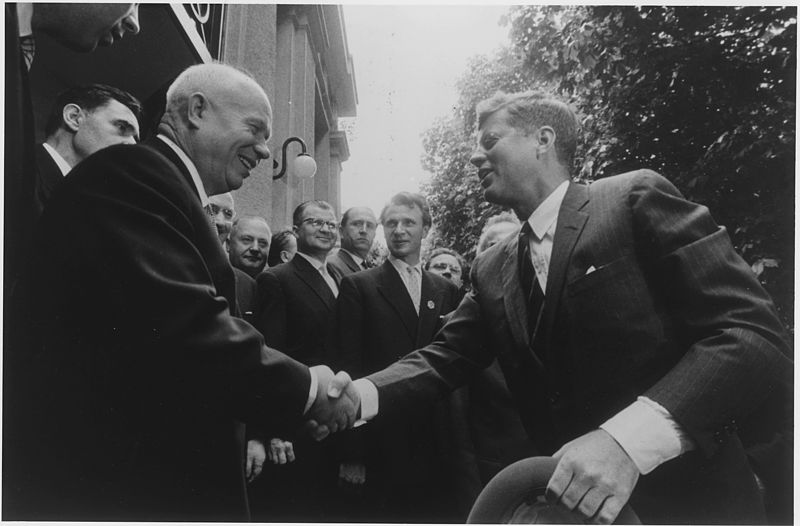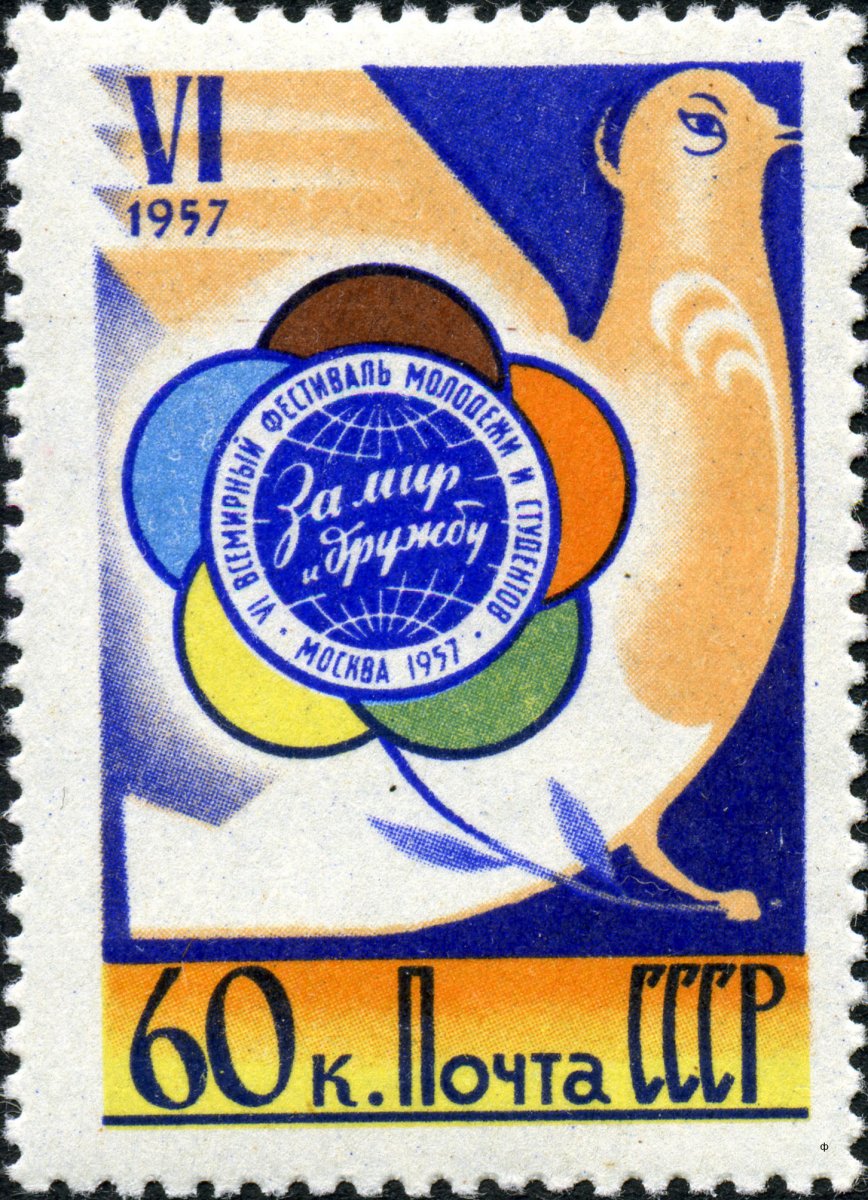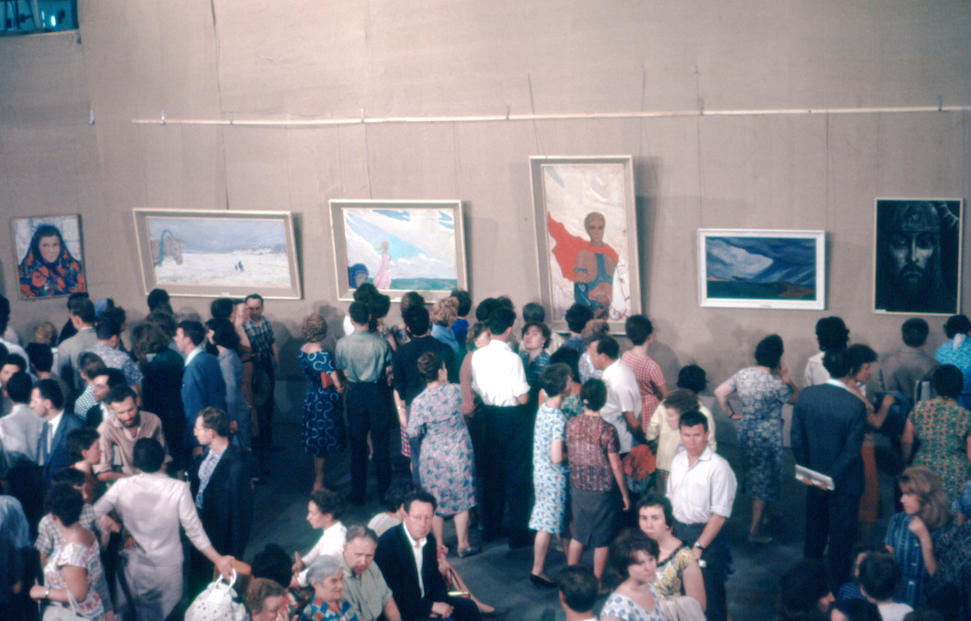Nikita Khrushchev’s “Thaw” (mid-1950s to early 1960s) led to the Soviet Union’s opening up to Western culture. The 1957 Moscow Youth Festival was a revelation for citizens of a country with sealed borders. Soviet readers now had access to foreign authors, such as Erich Remarque, J. D. Salinger, and Ernest Hemingway in new Russian translations and interpretations.
To See Paris and Die by Eleonory Gilburd tells the story of the Soviet domestication of Western art. Imported texts and films gave many Russians their first interactions with foreigners and afforded them vicarious trips to capitalist countries. One of Gilburd’s key arguments is that this Soviet audience made sense of books, films, and paintings through the lens of their own past and contemporary experience. Adapted by translators and received by ordinary readers and viewers, works of Western culture gained new meanings and acquired new lives in the Soviet Union.
Drawing on extensive archival sources—including over 1,000 letters from viewers and readers and more than 6,000 entries in comment books from exhibitions—Gilburd gives voice to Soviet citizens participating in these encounters with Western culture. Confusion, happiness, longing, anger, and admiration were all emotions expressed by Soviets in reaction to the works of artists living under capitalism. Gilburd shows how desirous an encounter with the West was, even if only through images or the pages of books: people “hunted” for volumes of the journal "Foreign Literature" which published foreign authors. Visitors to the Pushkin Museum of Fine Arts “queued for five hours in the cold” to see the 1956 Pablo Picasso exhibition.
The six chapters of To See Paris and Die are organized thematically, with each chapter presenting one aspect of Soviet-Western cultural interaction. Gilburd starts by outlining Soviet foreign relations during the Thaw, noting that one of the most important outcomes of the new policy of cultural exchange was “a constant presence—controlled, censored, distorted but nonetheless constant—of Western books, paintings, films, and songs in the Soviet Union.”

In 1957, it was not just images and texts that made their presence felt in the Soviet Union. Westerners themselves did, too. In a captivating account of preparations for the International Youth Festival, Gilburd transports her readers to a Moscow marked by dazzling color, dances, hugs, gift exchanges, and fleeting romances.
The infusion of Western tastes led to changes in Soviet aesthetic preferences. In the 1960s, for instance, Soviet consumers fell in love with yellow and purple automobiles. Gilburd shows how this spectacular transformation was first envisioned on paper and was later welcomed by Soviet citizens who enthusiastically participated in all kinds of cultural exchange throughout the USSR.
Gilburd argues that the idea of a universal language of the arts was fundamental to Soviet cultural exchange. In her masterful analysis of Russian translations of Western literature, she focuses on Soviet translations of Hemingway, Remarque, and Salinger. The chapter “Books about Us” not only describes the process of publishing foreign authors but also demonstrates how Western books were domesticated through translation.

Titles changed in translation (The Catcher in the Rye, for example, became Above an Abyss in the Rye [Nad propast’iu vo rzhi]), but so too did their contents. The Russian translation of Salinger’s tale of adolescent angst created instead “the image of an existential book,” highlighting a universal, rather than a singular condition. Gilburd offers many examples of such literary interpretations, thus providing solid evidence for the “Soviet lives” of Western books.
Similarly, Soviet dubbing of Western cinema allowed for a smooth adaptation of films for Soviet viewers. Gilburd argues that it was not politicians but translators and editors who shaped the perception of Soviet audiences, and their primary concern was not censure but aesthetics. At the same time, while Western cinema was appealing, it was also discomfiting to the Soviet audience: kissing and half-dressed women on the screen disoriented many viewers. Gilburd reminds us that pushing visual boundaries was a global phenomenon but insists that licentiousness remained a distinctly foreign concept for Soviet moviegoers.
Much like behavioral norms, Western modernism confused Soviet art lovers. The chapter “Barbarians in the Temple of Art” explores Soviet reactions to “decaying” bourgeois artistic styles, such as impressionism and modernism. Unlike books, Western paintings often turned out to be untranslatable for viewers so accustomed to socialist realism and who expected clarity from paintings. At the same time, modernist art transported the idea of “open criticism, uninhibited conversation, and creativity” to places far beyond Moscow and Leningrad via radio and print.
While cultural works traveled across vast swaths of the country, the population remained largely immobile during the Thaw. In “Books and Borders,” Gilburd takes readers beyond Soviet borders by recounting the experiences of elites who were permitted to travel to non-socialist countries. Although these experiences were not representative of the lives of ordinary citizens who could only dream of seeing Paris, Gilburd demonstrates how travelers’ impressions were shared through travelogues read by the population. She argues that despite immobility, “people loved the places that they had ‘never seen and probably will never see’.”

Many Soviets who later emigrated to the West became disillusioned, Gilburd tells us in the epilogue. The West they had imagined did not really exist. Perhaps there was some truth to the official Soviet narrative of the capitalist world, after all. At the same time, in the 1990s, Russia itself “emigrated to the West.” Gilburd makes a poignant connection between the West as it appeared in the Soviet imagination and the Westernization of the former U.S.S.R. during the 1990s.
To See Paris and Die is a captivating saga of a Soviet-Western cultural love affair that blossomed during the Thaw. This study will interest not only historians but also art lovers who want to explore the reception of paintings, films, and books by different cultures. Gilburd’s work will also appeal to the general audience wishing to immerse themselves in an alternative narrative of the Cold War. Instead of politicians, the main actors in this book are artists, translators, and filmmakers. Overall, Gilburd’s book is a great addition to the library of anyone interested in understanding Soviet culture vis-à-vis that of the West.
